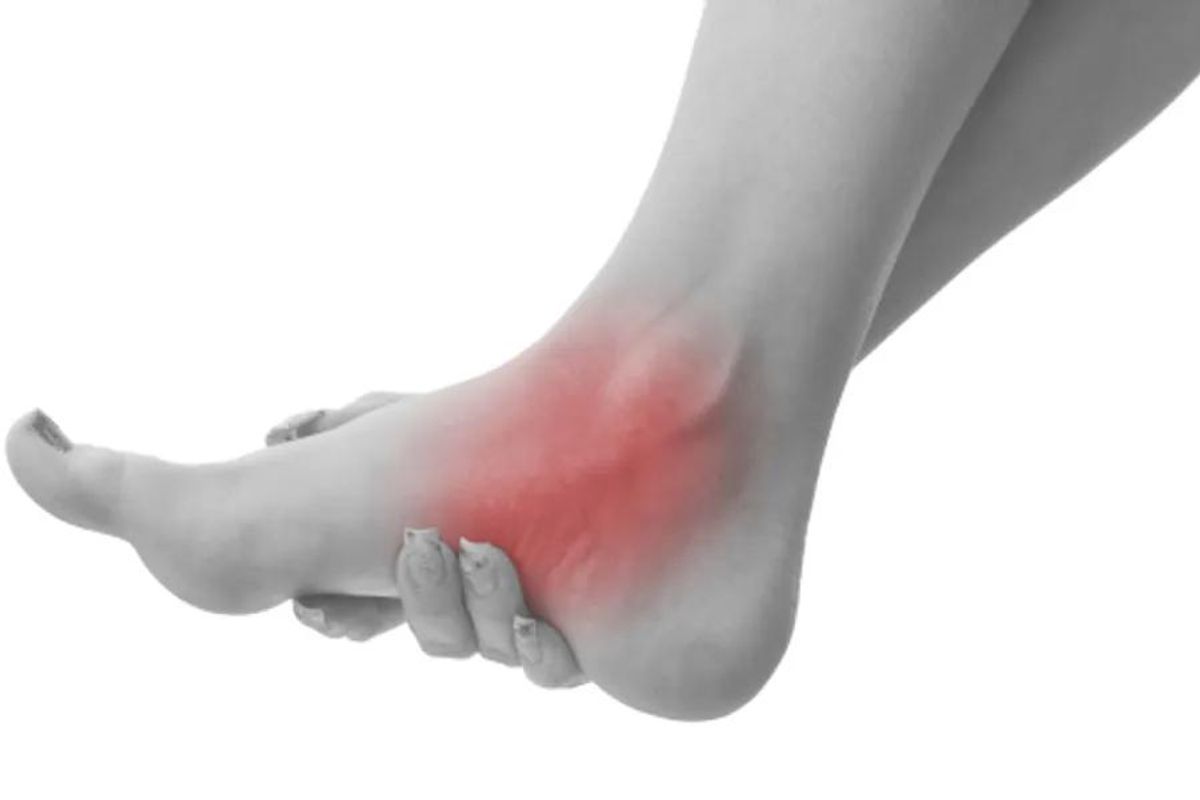Overview
Osteoarthritis (OA) is the most common form of arthritis. It involves a breakdown of the cartilage that cushions the joints, and an increase in bone, leading to pain, stiffness and loss of range of motion.
While there is no cure for OA, there are numerous effective options that may help manage the symptoms of the disease.
Treatment
Here are some management options:
- Weight control with a healthy diet and regular exercise
- Low-impact exercise, such as walking, swimming or dancing
- Strength training to build muscle and better support joints
- Stretching to maintain range of motion
- Pacing physical activity to avoid overuse and soreness that may require stretches of decreased activity
- Non-medication options, including vitamins, supplements, heat and cold therapy, acupuncture, massage and transcutaneous electrical nerve stimulation (TENS)
- Physical or occupational therapy
- Stress reduction and relaxation techniques
- Medications, such as over-the-counter and prescription pain relievers and anti-inflammatories in oral or topical formulations, as well as injections to the affected joints
- In severe cases, surgery
Facts to Know
About 27 million Americans over age 25 have osteoarthritis, a chronic condition in which the shock-absorbing substance that cushions the joints—called cartilage—breaks down. Before age 45, more men than women have OA; after age 45, more women have the condition.
OA most often strikes joints in the knees, elbows, fingers, lower back, neck, hip, ankle and big toe.
For many, symptoms of OA come on gradually over a period of years and include stiffness, difficulty with joint movement and pain. For some, the condition may progress more quickly.
Risk factors for OA include increasing age, family history of arthritis, obesity, overusing a joint or joints in a job or sport and having a previous joint injury.
Weight loss can help relieve pain and increase function. Losing just one pound of body weight takes four pounds of pressure off the knee joints, for example.
There is no cure for OA, but lifestyle improvement, medication and/or therapy can help manage symptoms.
Exercise—in the form of aerobic activities, strength training and stretching—is one of the best ways to ease pain and improve function in OA. People with OA who exercise have better joint function and less pain than people who are sedentary.







